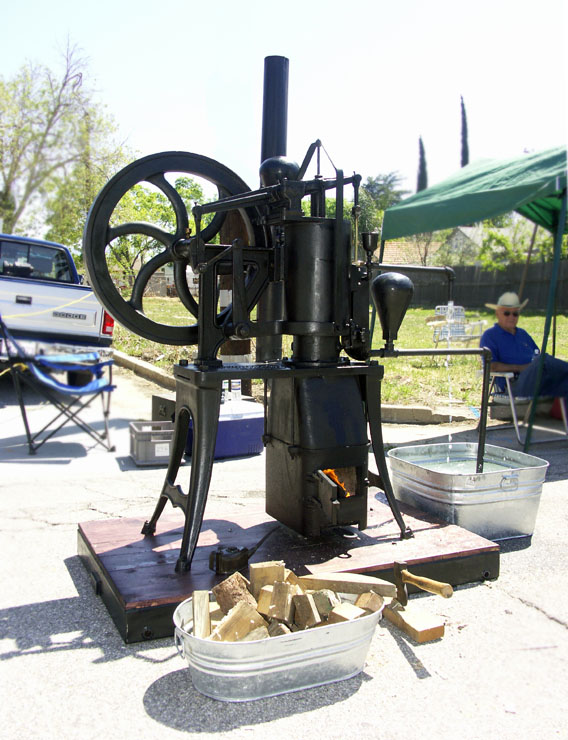Rider-Ericsson Engine Company on:
[Wikipedia]
[Google]
[Amazon]
The US Rider-Ericsson Engine Company was the successor of the DeLamater Iron Works and the Rider Engine Company, having bought from both companies their extensive plants and entire stocks of engines and patterns, covering all styles of Rider and Ericsson hot air pumping engines brought out by both of the old companies since 1844, excepting the original Ericsson engine, the patterns of which were burned in the DeLameter fire of 1888.
 The Ericsson style engine is a "beta" engine, which contains both the power
The Ericsson style engine is a "beta" engine, which contains both the power
Engines
The company specialized in hot air pumping engines. Ahot air engine
A hot air engine (historically called an air engine or caloric engine) is any heat engine that uses the expansion and contraction of air under the influence of a temperature change to convert thermal energy into mechanical work. These engines m ...
is an external combustion engine. All hot air engines consist of a hot side and a cold side. Mechanical energy is derived from a hot air engine as air is repeatedly heated and cooled, expanding and contracting, and imparting pressure upon a reciprocating piston.
Early hot air engines
In his patent of 1759, Henry Wood was the first to document the powering an engine by the changing volume of air as it changed temperature.George Cayley
Sir George Cayley, 6th Baronet (27 December 1773 – 15 December 1857) was an English engineer, inventor, and aviator. He is one of the most important people in the history of aeronautics. Many consider him to be the first true scientific aeri ...
was the first to build a working model in 1807. The Reverend Robert Stirling is generally credited with the "invention" of the hot air engine in 1816 for his development of a "regenerator
Regenerator may refer to:
* Regenerative heat exchanger, a type of heat exchanger
* Regenerator (band), an independent record label set up in 2001
* Regenerator (''Resident Evil''), an enemy creature in the 2005 video game ''Resident Evil 4''
* ' ...
" which conserves heat energy as the air moves between the hot and cold sides of the engine. Technically, not all hot air engines utilize regenerators, but the term hot air engine and Stirling engine
A Stirling engine is a heat engine that is operated by the cyclic compression and expansion of air or other gas (the ''working fluid'') between different temperatures, resulting in a net conversion of heat energy to mechanical work.
More specif ...
are sometimes used interchangeably.
Rider's engine
The Rider style engine is an "alpha" engine which uses two separate cylinders. As air in the hot side cylinder heats, it expands, driving the piston upward. Thecrankshaft
A crankshaft is a mechanical component used in a piston engine to convert the reciprocating motion into rotational motion. The crankshaft is a rotating shaft containing one or more crankpins, that are driven by the pistons via the connecting ...
now moves the cold side piston upward, drawing the hot air over to the cold side. The air cools, contracts, and pulls the hot side piston downward. The cold side piston then pushes the cool air over to the hot side, and the cycle repeats.
{{clear
Ericsson's engine
 The Ericsson style engine is a "beta" engine, which contains both the power
The Ericsson style engine is a "beta" engine, which contains both the power piston
A piston is a component of reciprocating engines, reciprocating pumps, gas compressors, hydraulic cylinders and pneumatic cylinders, among other similar mechanisms. It is the moving component that is contained by a cylinder and is made gas-tig ...
and displacer within one cylinder. The cylinder has a hot end, within the firebox, and a cold end, surrounded by a water jacket. As the air is heated within the cylinder, the air expands, driving the piston upward. The displacer next moves downward, pushing the air from the hot side into the cool side of the cylinder. The air then contracts, pulling the piston downward. The displacer then moves the air from the cool side to the hot side, the cycle begins again.
Stationary engines